
Simon Marks 3pm - 7pm
5 July 2023, 11:35 | Updated: 5 July 2023, 11:38
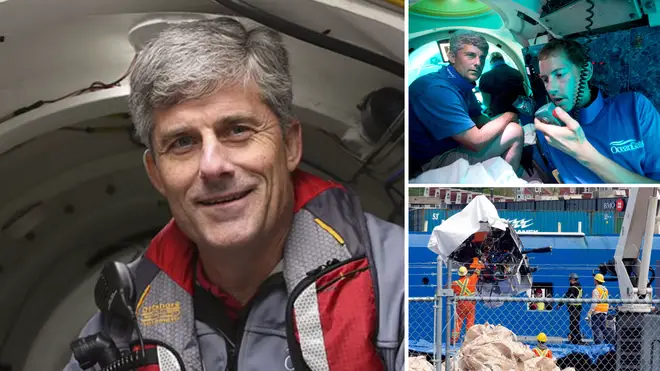
Stockton Rush, the CEO of the company that built and owned the doomed Titanic sub, died in the 'catastrophic implosion' that destroyed the vessel.
Mr Rush has been thrust in the spotlight since the disaster by the emergence of a raft of claims made by former passengers and industry observers about safety concerns with the Titan.
One colleague was fired before the implosion that he was from the company after he mentioned his fears for the sub.
Five people died in the catastrophe, with the wreckage of the sub discovered after a huge search and rescue operation.
But who is Stockton Rush, and how did he come to build the Titan?
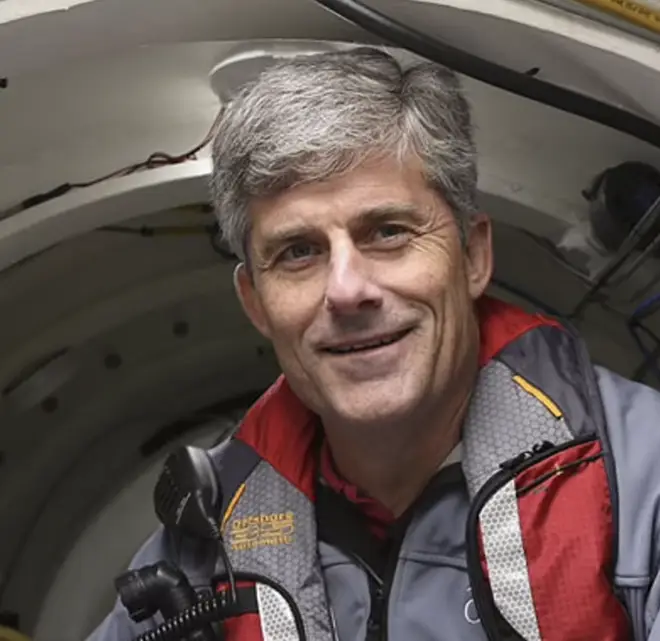
Stockton Rush was CEO and founder of OceanGate, which operated the Titan. He was born into a wealthy family in San Francisco, in 1962. His family are descended from two of the US Founding Fathers, Richard Stockton and Benjamin Rush, according to a local newspaper.
His maternal grandfather was Philip K. Davies, a hugely rich San Francisco shipping magnate. Mr Rush trained as a pilot and became the youngest jet transport rated pilot in the world at the age of 19.
But he was unable to realise his dream of becoming an astronaut, because of relatively poor eyesight.
Mr Rush studied aerospace engineering at Princeton University, and graduated with an MBA from the University of California, Berkeley in 1989.
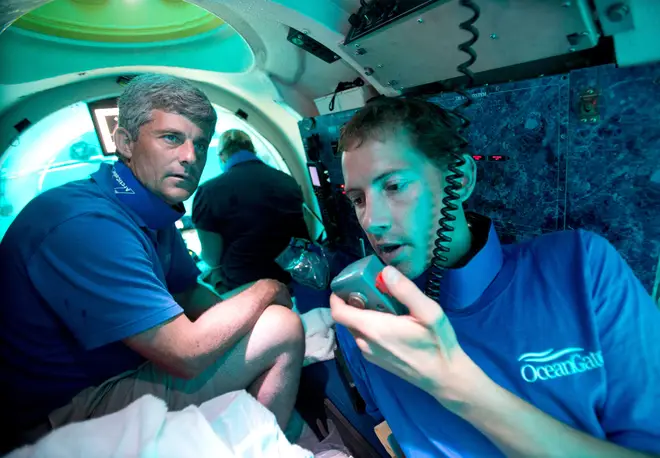
Stockton Rush ran a company called Remote Control Technology the same year, and claims to have invented an experimental form of plane that he carried on flying throughout the rest of his life.
Mr Rush, a keen scuba driver since he was a boy, became interested in plumbing the ocean depths following a trip off the coast of British Columbia in Canada.
He told the Independent in 2017: "In the vacuum of Space, by definition there is nothing. That means a great view, but the final frontier for new life forms and discovery is undersea – for the next 200-300 years at least,” he told the Independent.
But he was unable to buy a submersible, finding that there were fewer than 100 private vessels in the world.
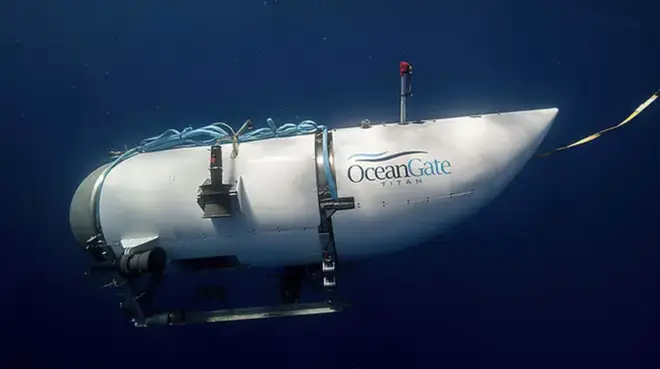
Eventually, in 2009 Stockton Rush founded OceanGate, the company that would build the Titan, with business partner Guillermo Sohnlein.
OceanGate's business was to provide crewed submersible services for researchers and explorers to travel deep into the ocean.
He was also a founder and member of the board of trustees of non-profit organisation OceanGate Foundation, which helps to make new advances in marine science, history, and archaeology.
OceanGate said its "expeditions, to depths approaching 4,000 meters (13,000 feet), provide rare opportunities for citizen explorers to observe the mysteries of the deep sea and expand our understanding of our home, earth, the blue planet."
Mr Rush also served on the board of enterprise software company Entomo and continued to serve as chairman of Remote Control Technology.
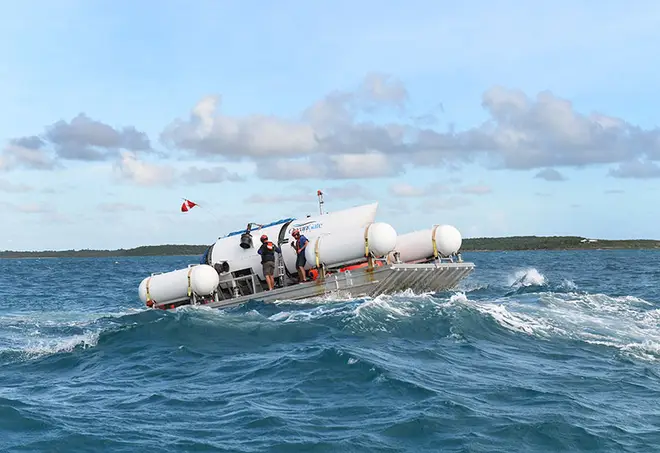
Concerns were raised repeatedly about the safety of the Titan before the catastrophe.
David Lochridge, formerly OceanGate’s director of marine operations, was fired after repeatedly expressing his anxieties about the safety of the sub.
Mr Lochridge emailed project associate Rob McCallum to say he was worried Mr Rush would die on the sub.Mr McCallum also went on to quit over safety concerns.
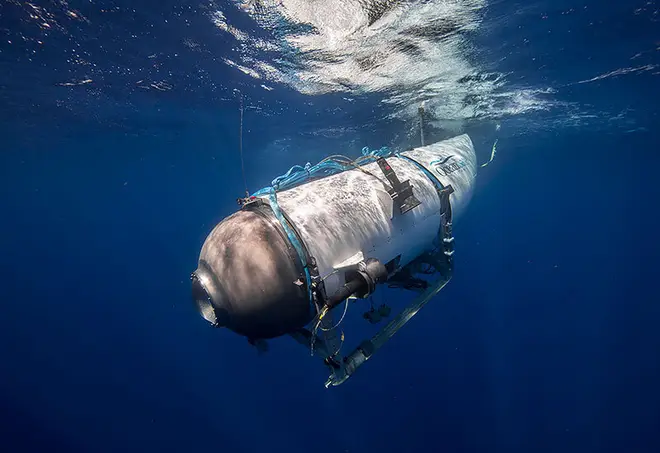
The new claims emerged in The New Yorker who said Lochridge wrote: "I don’t want to be seen as a Tattle tale but I’m so worried he kills himself and others in the quest to boost his ego.
"I would consider myself pretty ballsy when it comes to doing things that are dangerous but that sub is an accident waiting to happen.
"There’s no way on earth you could have paid me to dive the thing."

Former Royal Navy Officer would not have gone into the Titan
Meanwhile submersible experts sent a letter to OceanGate in 2018 warning that the "experimental approach" of the company could result in problems ranging "from minor to catastrophic."
The letter, sent by the manned underwater vehicles committee of the Marine Technology Society, a trade group that aims to promote ocean technology and educate the public.

Michael Guillén on his experience of diving to see the Titanic
The carbon-fibre and titanium Titan lost contact with controllers on June 18 during a trip down to the Titanic, with a huge search and rescue operation organised to find the vessel before the crew ran out of their 96 hours of oxygen.
The Titan was eventually found in pieces, suggesting it imploded and killed all five men onboard.
As well as Mr Rush, they were: UK billionaire Hamish Harding, businessman - Shahzada Dawood and his son Suleman, and 73-year-old French explorer Paul-Henry Nargeolet.